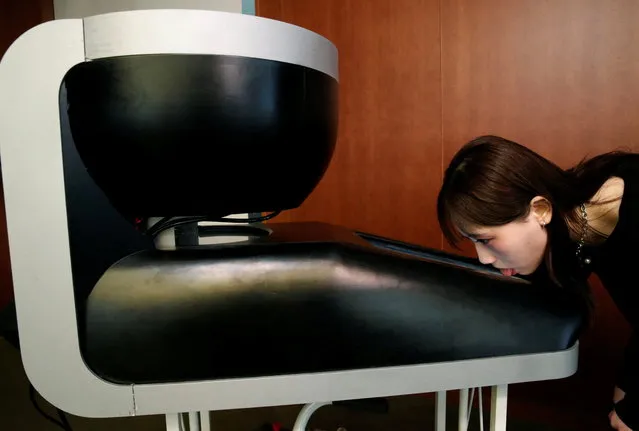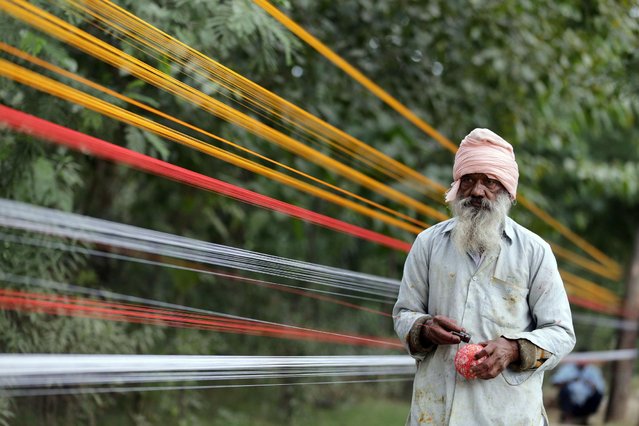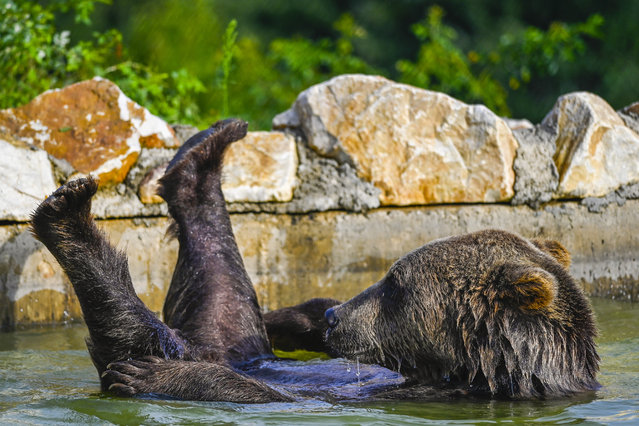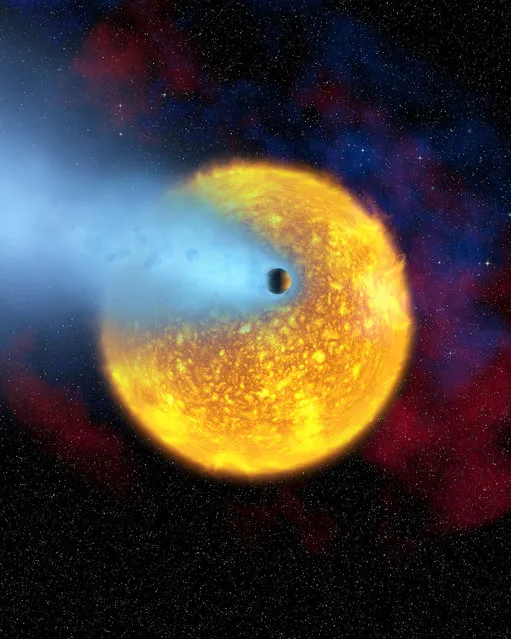
A woman leaves sauna during the sauna marathon in Otepaa, Estonia on February 2, 2019. Participants have to track down, locate and visit designated saunas in the Otepaa area as fast as possible during the event. The team that completed all of the saunas in the shortest time wins. (Photo by Ints Kalnins/Reuters)
06 Feb 2019 00:07:00,post received
0 comments







